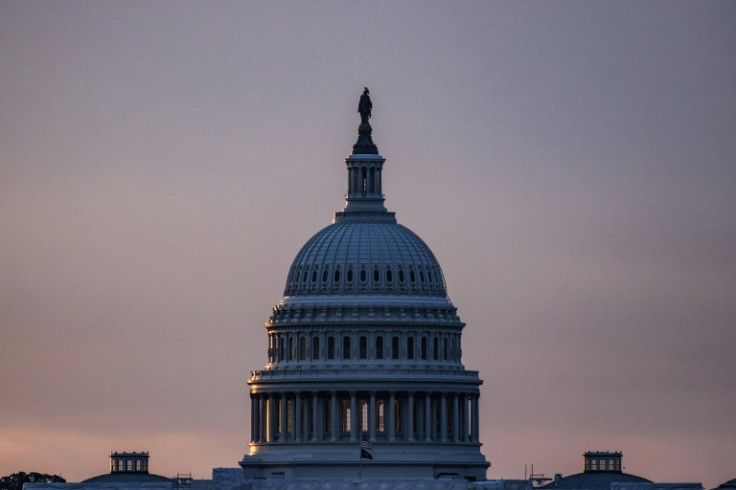
Control of the Senate is likely to be up for grabs in November, as Democrats currently hold a slim 51-49 majority. But with both parties vying for power, certain Democratic incumbents in different parts of the country seem to be comfortable within their own races.
That is the case in Pennsylvania, for instance, where Sen. Bob Casey will seek to keep his Senate seat against Republican David McCormick.
In a recent survey by Susquehanna Polling, Casey held a 5-point lead over McCormick. Respondents also said if the elections were held today, 47% would vote for Casey, while 42% said they'd vote for McCormick, and 10% were not sure.
Another poll by Redfield & Wilton Strategies showed Casey leading the race with 45% compared to McCormick's 40%.
For Democrats, that may be a significant number, as they seek to muster as much support in Pennsylvania and its mix of urban and rural voters, a state that is predicted to be key in electing the new president in November. In fact, polls are showing Vice President Harris leading in the state with 47% of support, while former President Trump is behind with 43%, according to The Hill.
A similar story can be found in Ohio, where Democrat Sherrod Brown faces a strong challenge from Trump-aligned Bernie Moreno.
Although Ohio tends to be a solidly Republican state at the presidential level, this Senate race seems to be tight, with Brown holding a slight edge. Ohio's mix of urban and rural voters, along with its status as a bellwether state, makes it a key battleground in the race for control of the Senate, with appeal with white-working class voters being paramount to succeed.
According to an aggregate of 17 polls by The Hill, Brown—who has been a member of the Senate since 2007— is leading in the race with 49% of support, while Moreno currently holds 44% of support.
Another Democrat seeking to maintain her seat— and likely to succeed— is Sen. Tammy Baldwin, from Wisconsin.
Baldwin is running for a third term in the U.S. Senate. She will be facing Republican challenger and Madison businessman Eric Hovde in November.
According to an aggregate of 21 polls by The Hill, Baldwin led the race with an average of 50%, while Hovde trailed behind with 44%. However, those numbers may increase as the election nears and voters may pay closer attention to congressional races.
"The Senate race really has been lost in the turmoil at the presidential level," a poll director at Marquette University, Charles Franklin, told the Milwaukee Journal Sentinel. Once we get through the primary and get through the (Democratic National Convention), I think we'll see the Senate race fully engaged... It will take hold soon, and people will tune in more.
© 2024 Latin Times. All rights reserved. Do not reproduce without permission.







